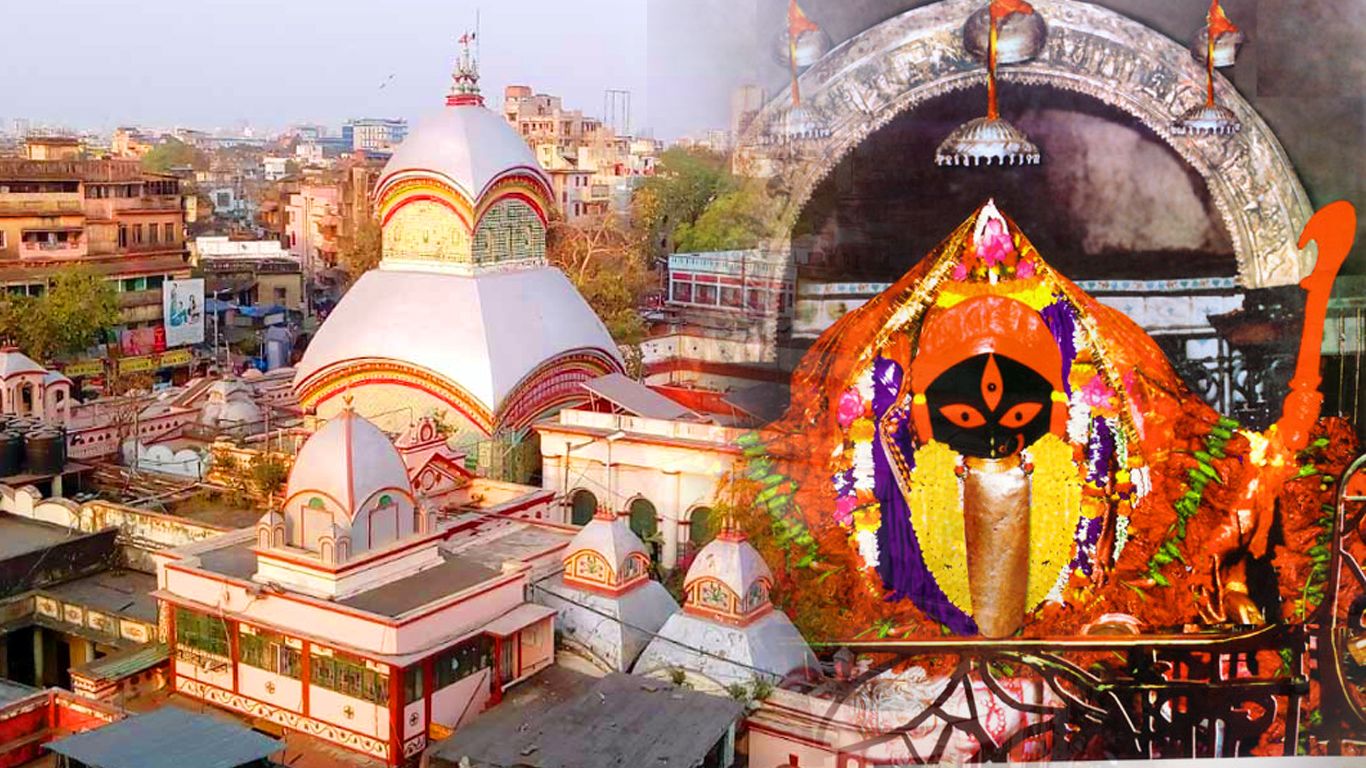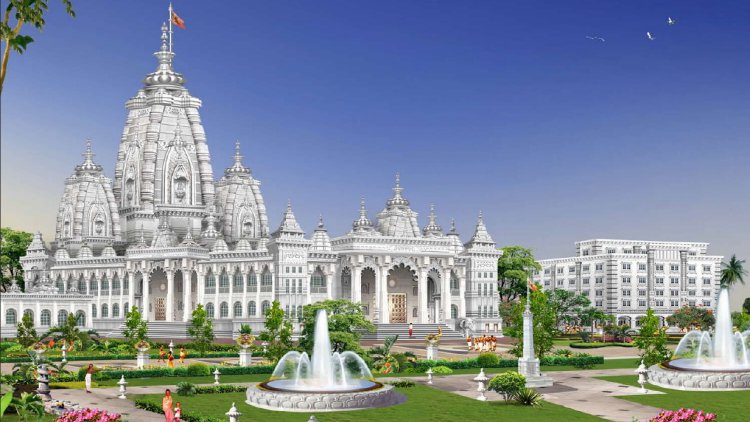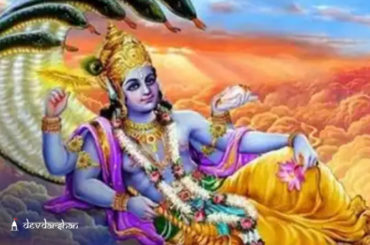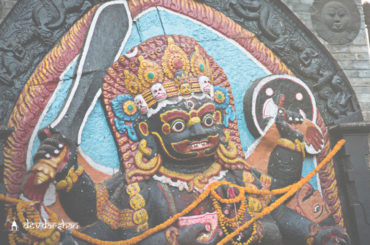Description-
Regarded as one of the most pious worship sites of India, Kalighat Kali Temple is a Hindu temple dedicated to Goddess Kali, located in Kolkata, West Bengal. Kalighat was a Ghat sacred to Goddess Kali on the old course (Adi Ganga) of the Hooghly river in the city of Kolkata. The name Calcutta is said to have been derived from the word Kalighat. Over a period of time, the river has moved away from the temple. Now the temple is located on the banks of a small canal called Adi Ganga which connects to the Hooghly. The temple sees the footfall of thousands of pilgrims every day. However, the crowd increases a hundredfold on Tuesdays and Saturdays, especially in the evenings, since these 2 days are considered very auspicious.
Legend

Kalighat is considered as one of the 51 Shakti Peethas in India, where the different parts of Maa Sati’s body are said to have fallen, in the course of ‘Shiva Rudra Tandava.’ Kalighat represents the place where the toes of the right foot of Maa Sati or Dakshayani fell. Legend says that a devotee discovered a luminant ray of light coming from the girathi river bed, and upon investigating its source came upon a piece of stone carved in the form of a human toe. He also found a Sambhu Lingam of Nakuleshwar Bhairav nearby and started worshipping Kali in the midst of a thick jungle.
Temple Elements of Kalighat-
Sashthi Tala
This is a rectangular altar about three feet high bearing a small cactus plant. Beneath the tree, on an altar three stones are placed side by side from left to right representing the goddesses Shashthi (Shoshti), Shitala, and Mangal Chandi. This sacred spot is known as Shoshti Tala or Monosha Tala. This altar was constructed by Gobinda Das Mondal in 1880. The place of the altar is the Samadhi of Brahmananda Giri. Here all the priests are female. No daily worship or offering of Bhog (food offering) is done here. The goddesses here are considered as part of Kali.
Kundu Pukur
Kundu Pukur is a sacred tank located on the south-eastern side of the temple outside the boundary walls. The current area of the tank is approximately 10 cottahs. In the past, it was larger and is also called Kaku-Kunda. Sati-Ango was discovered from this tank in the sixteenth century. This tank is popularly known for its power to bestow the boon of a child. The water from this tank is regarded as sacred as that of the Ganges.
Harkath Tala, Kalighat
This is a place near Natmandir, towards the southward corner where a place for Bali or sacrifice is present. There are 2 sacrificial altars side by side for animal sacrifices. These are called Hari-Kath.
Natmandir

A big rectangular covered platform known as Natmandir stands tall adjacent to the kain temple from where the deity can be seen clearly. This was originally built in 1835 by Zamindar Kasinath Roy. It has been renovated often subsequently.
Radha-Krishna Temple, Kalighat
This temple is called Shyama-Raya temple and is located inside the temple towards the western side of the main temple. A settlement officer of the Murshidabad district first erected a separate temple for Radha-Krishna in 1723. In 1843 a Zamindar called Udoy Narayan Mondal erected the present temple in the same spot. The Dolmancha was founded in 1858 by Madan Koley of Saha Nagar. There is a separate kitchen for the preparation of vegetarian Bhog (food offering) for Radha-Krishna.
About Dev Darshan
DevDarshan is a spiritual platform launched by IIT graduates to promote the teachings of Indian culture and the Hindu way of life in India around the world. In the 21st century, where everything around is digitalized then why not temples. That’s the idea behind DevDarshan. With DevDarshan, you can now offer prayers, watch live pujas and get Prasad all via an online mode. That’s even safe for all of us, considering the present state of pandemic.
To know more about us, please install the DevDarshan app and visit our YouTube channel.
Also read, Interesting Facts About Belur Math




